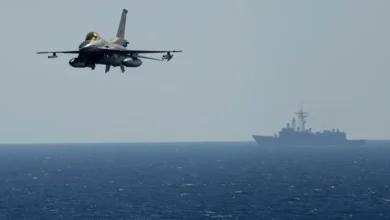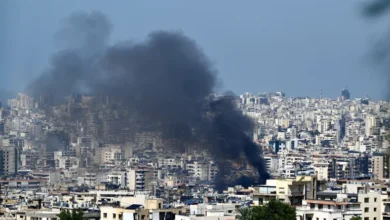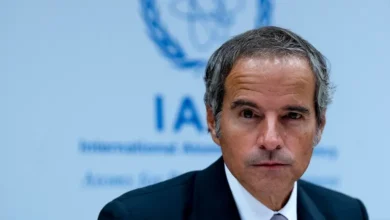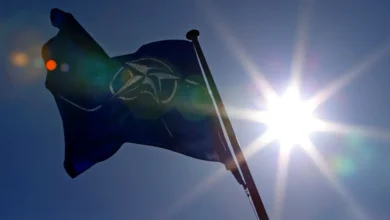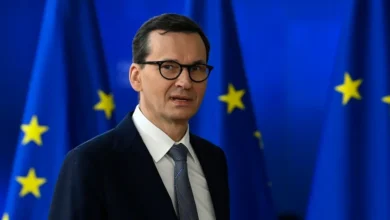U.S. Policy Opens the Door to a New Arms Race and Global Wars
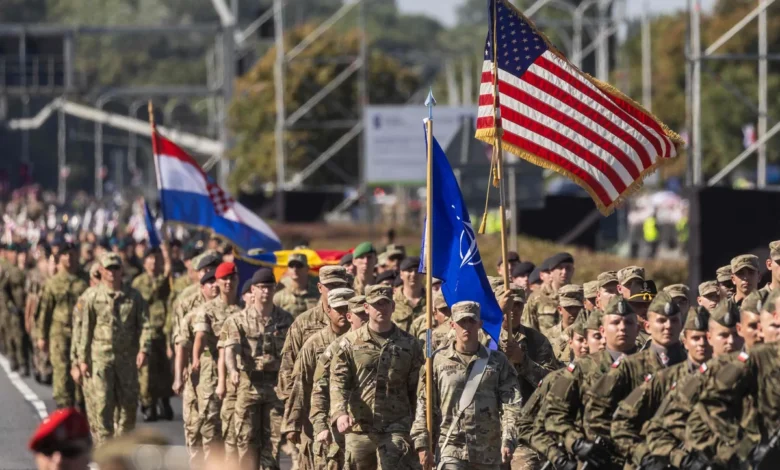
The U.S. policies pursued by President Donald Trump have thrown open the doors for countries around the world to resume the arms race and plunge into the horrors of global wars—despite this chapter having been closed for decades.
Since his return to the White House, and contrary to his previous claims of wanting to end wars globally—particularly in Gaza and Ukraine—President Trump has violated these pledges from his very first day in office. He began fueling tensions and pouring gasoline on the fire by supporting one side against another. He rearmed the Israeli military to commit more massacres in Gaza and even incited parties to exploit and seize neighboring territories, as he did with Syria by encouraging Turkey to take control of Syrian lands, either directly or indirectly.
These provocative policies have opened the floodgates for countries around the world—especially those historically hostile to the United States—to take precautions and seek advanced defensive strategies to protect themselves. Washington seems to be lurking in every corner of the world’s capitals, ready to provoke and support attacks by any country on its neighbor.
At the forefront is Iran, perhaps the most likely target of U.S.-Israeli aggression. Over the past years, Iran has endured Israeli attacks both deep within its territory and externally in Syria and Lebanon. Today, the threat is direct and serious, no longer limited to assassinations or bombings, but rather organized military operations targeting its scientific and nuclear facilities.
A country like Iran, with its Islamic system and ideological foundations, is working to fully fortify and prepare itself against the Western–Israeli threat. Clearly, it sees no option but to rely on nuclear weapons—though prohibited—as it faces constant, daily threats from Israeli leaders calling for deadly military operations against it.
What increases global concern is the collaboration between the U.S., Israel, and the UK in planting banned weapons and bombs in European capitals to strengthen their influence over neighboring countries. This stirs tensions and pushes leaderships toward war, territorial invasions, and prolonged conflict.
Such actions are prompting major powers like China and Russia to ramp up weapons production and stockpiling in preparation for any reckless moves by U.S.-aligned nations—like Ukraine, which, after yielding to NATO, entered a war now in its fourth year.
In the Middle East, President Trump granted his ally Israel more missile platforms and advanced weapons, alarming neighboring countries—especially Egypt. Egyptians are now seeking advanced weaponry to counter the extremist Israeli government, which has long called for attacks on Egyptian territory, including the destruction of the High Dam and the flooding of Egyptian lands.
The same applies to Saudi Arabia, which is preparing to launch major global economic projects. Given U.S. policy and the presence of extremists in Israel, it is unrealistic to expect such achievements to remain unthreatened. Saudi Arabia has concluded that, in light of extreme ideas coming from the White House, it must protect its security and economy by purchasing advanced weapons and establishing nuclear projects.
President Trump’s return to the White House has become a primary driver for the global arms race. The five continents now sit atop a volcano ready to erupt at any moment, spreading wars and global conflicts once again—thanks to American policy directions.




